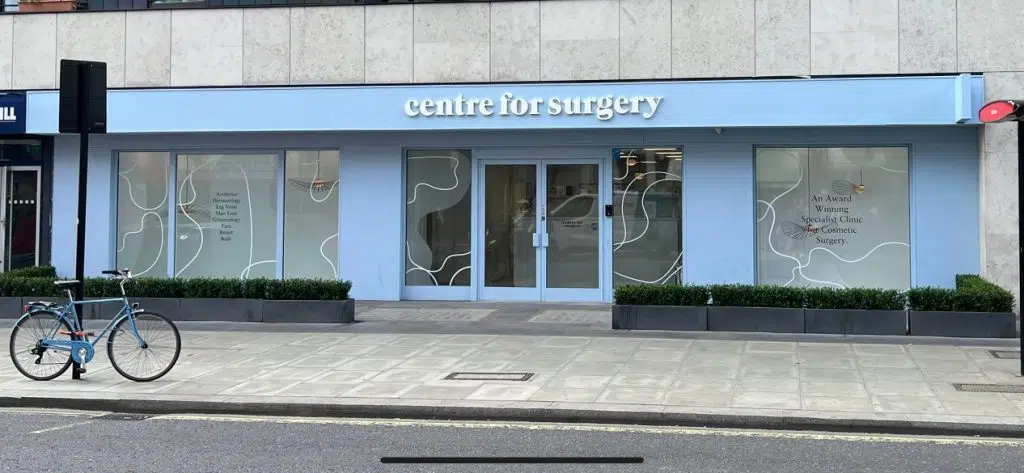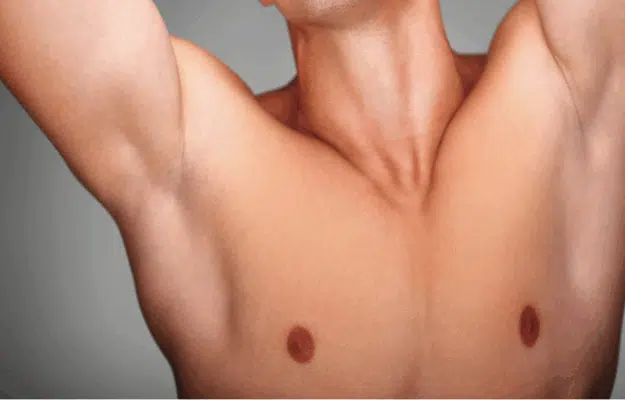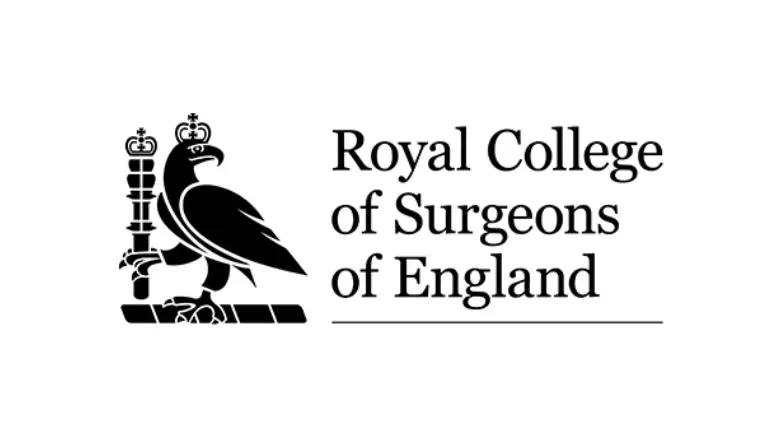Gynecomastia is one of the most common conditions to affect male breasts in the UK and is most commonly characterised by swollen breast tissue affecting one or both breasts. Hormonal imbalance is the most common cause of glandular enlargement affecting the male breasts. The condition occurs commonly in younger boys and men in the prepubescent phase and puberty itself. When the condition occurs earlier in life, it is considered to be completely harmless, and this type of gynecomastia will go away on its own with time as hormonal levels stabilise.
RELATED: What is gynecomastia?
In other cases, adult men in their 20s and beyond may experience great difficulty in getting rid of the condition. Gynecomastia can sometimes develop due to certain health conditions or medications. In many cases, the precise cause of gynecomastia remains unknown. If you have struggled with gynecomastia for several years, you may have noticed a significant reduction in self-confidence. Gynecomastia surgery can help to achieve a flat and contoured chest and permanently get rid of swollen breast tissue in men.
Can you get rid of gynecomastia yourself?
The exact cause of gynecomastia is often unknown in many cases as there are several recognised causes of gynecomastia depending on a man’s age and lifestyle. For some men, diet and exercise alone may improve the appearance of the chest. In other cases, an underlying medical condition such as a thyroid-related problem or liver condition may be causing the gynecomastia. A specialist physician best treats these cases, depending on which body organ is affected. Younger men can often get rid of gynecomastia on their own without the need for surgery if the condition presents just after puberty. Getting rid of gynecomastia in teenagers often requires time, and in most cases, no surgical treatment is needed.
Men often ask us if we can get rid of gynecomastia ourselves as an adult. This may be possible in a small number of cases; however, in most cases, active treatment in the form of gynecomastia surgery will be required. The symptoms of gynecomastia can be improved by reducing the consumption of alcohol and stopping certain recreational drugs, including anabolic steroids. Adopting healthier lifestyle habits with a sensible diet and regular exercise can help significantly. Resistance training in particular, can help immensely to tone and firm up the chest. Understanding the causes of gynecomastia and taking active steps to address possible causes in combination with diet and exercise is often the best approach to getting rid of gynecomastia permanently. If, despite adopting sensible lifestyle habits, the condition does not improve, then gynecomastia surgery may be the best option.
What are the benefits of gynecomastia surgery?
Gynecomastia surgery is a male body contouring procedure that is designed to get rid of enlarged breasts in men. The procedure is one of the most popular procedures at Centre for Surgery due to its high level of clinical effectiveness with a low risk of complications. Each year, an increasing number of men choose to have the procedure at our state-of-the-art Baker Street clinic in Marylebone.
RELATED: Is gynecomastia surgery worth it?
Ideal candidates for gynecomastia surgery include men who are unhappy with the parents of excess breast tissue and which may be causing them significant discomfort. They will have often tried other non-invasive treatments without any success. When considering gynecomastia surgery in London, it is important to be in a good state of overall physical and mental health. Although gynecomastia can affect just one breast, it most commonly affects both breasts to varying extents. Diagnosing gynecomastia is relatively straightforward as the condition is characterised by a firm central mound of tissue located beneath the nipples and often feels hard to the touch, and resembles the shape of a disc.
RELATED: What do gynecomastia scars look like?
What happens during gynecomastia surgery?
There are several recognised surgical techniques to eliminate excess breast tissue. The most common methods involve a combination of liposuction with surgical excision. Liposuction is performed first through small incisions in the lower part of the chest to remove excess fat. The gland removal part involves the surgeon making a semicircular incision located around the margin of the areola. Enlarged breast tissue is then surgically removed before the incisions are closed with dissolvable stitches. In some cases, the size or shape of the areola can be altered as part of an areola reduction procedure. This step is more commonly undertaken in men who have undergone significant weight loss and have been left with loose skin affecting the chest.
Can gynecomastia go away on its own?
Gynecomastia very often goes away on its own, particularly in children and teenagers wear gynecomastia is relatively common due to hormonal fluctuations. Once hormone levels have stabilised after puberty, gynecomastia will go away on its own without the need for gynecomastia surgery.
RELATED: Does Gynecomastia Go Away On Its Own?
How can I lose gynecomastia quickly?
There are several potential courses, including excess body fat, hormonal disturbances and a recognised medical condition which could cause gynecomastia. Once these have been ruled out, a quick and effective solution to get rid of gynecomastia is surgery. Gynecomastia surgery involves a combination of liposuction and gland removal to flatten, sculpt and contour the male chest with the permanent removal of excess fat and glandular tissue.
RELATED: Can gynecomastia come back after surgery?
Can I get rid of gynecomastia naturally?
Hormonal fluctuations are the most common cause of gynecomastia affecting younger boys and men, and in most cases, this type of gynecomastia will go away on its own with time. In other cases, gynecomastia may go away on its own over time, even when unrelated to hormones. If the condition is still persistent, the best option would be to have gynecomastia surgery for a permanent cure.
RELATED: How to get rid of gynecomastia without surgery?
What foods can I eat to reduce gynecomastia?
There are no recognised foods that are known to reduce gynecomastia. This is despite several claims that certain superfoods such as broccoli, may help to reduce the appearance of gynecomastia. This claim is not supported by the published medical literature. However, eating a sensible, nutritious, and healthy diet with an abundance of vegetables, fruits, lean protein, nuts, seeds, and grains can help reduce gynecomastia combined with regular physical exercise. When diet and exercise fail to improve the condition, gynecomastia surgery is the best treatment option.
Why choose Centre for Surgery for gynecomastia surgery?
Centre for Surgery is the leading cosmetic surgery clinic in London, and our UK consultant plastic surgeons have years of experience in performing gynecomastia surgery using a combination of liposuction and surgical excision to get rid of gynecomastia permanently.
Call us today on 0207 993 4849 or complete the contact form below to schedule a consultation with a leading plastic surgeon to learn more about gynecomastia surgery and how it can help you.










